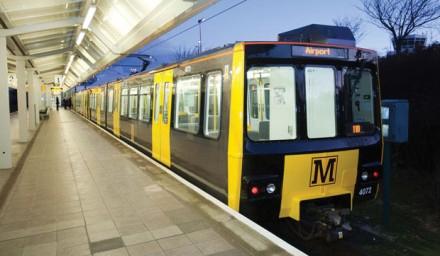The Nexus Metro: Revolutionising Urban Transportation

Introduction
The Nexus Metro project is poised to transform the landscape of urban transportation, providing a sustainable and efficient alternative to traditional public transport systems. As cities around the globe grapple with increasing congestion and pollution, the implementation of such innovative solutions has become ever more crucial. The Nexus Metro aims to address these issues while enhancing connectivity and accessibility for urban populations.
Current Developments
Recently announced in major cities across Europe and North America, the Nexus Metro project promises to integrate various modes of transport, including high-speed trains, trams, and electric buses, into a seamless network. This initiative is particularly relevant in light of the increasing urgency to transition to environmentally friendly transport methods. With funding from both government and private sectors, construction has begun in several pilot locations, showcasing cutting-edge technology designed to optimise efficiency and reduce emissions.
In London, for example, plans are underway to connect existing Underground lines with new Nexus Metro stations, thereby reducing journey times and improving accessibility for underserved areas. According to recent studies, incorporating Nexus Metro lines could decrease traffic congestion by as much as 30%, significantly impacting commuters’ daily experiences.
Technological Innovations
The Nexus Metro project is distinguished not just by its scale, but also by the technological innovations at its core. It utilises advanced AI algorithms for real-time data analysis, enabling responsive scheduling and predictive maintenance to ensure reliability. Furthermore, passengers will benefit from smart ticketing systems that streamline fare payments through mobile applications and contactless options.
Conclusion
The Nexus Metro project represents a critical step towards sustainable urban living, marking a significant shift in how cities can manage transportation challenges. As cities implement these systems, the focus will remain on building environmentally friendly infrastructure while ensuring equitable access for all residents. Future developments and expansions of the Nexus Metro will likely inspire similar initiatives worldwide, setting a precedent for how urban transport can evolve to meet the demands of a rapidly changing society.
